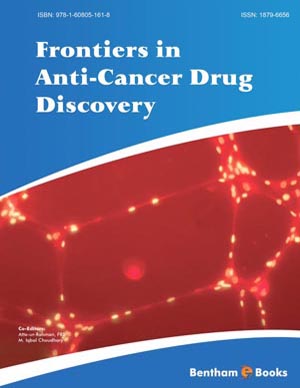Abstract
The development of metal complexes as antitumor agents has attracted much attention in recent years. Platinum complexes afford an opportunity for the discovery of new antitumor drugs with truly novel mechanisms of action. The dose-limiting severe toxic side-effects of platinum-based chemotherapy, the problem of inherent or therapy-induced resistance, the limited activity in a range of tumors, and the meager tumor selectivity are the motivation for tremendous efforts and inventions in the development of novel anticancer platinum drugs. This review updates and expands the 2006 review by the same author. The review considers and incorporates the most recently published literature on platinum coordination complexes as related to their anticancer properties. Beyond doubt, a deep understanding of the mechanisms of existing metal anticancer agents will build the basis for the rational design. With the aid of inorganic or coordination chemistry, it is possible to design novel therapeutic and diagnostic agents.
Keywords: cis-Diaminedichloro-platinum(II), Pt(II); Pt(IV), cis-, trans-, amine, diamine coordination complexes, multinuclear complexes, DNA, cytotoxic activity, tumor cell lines






















